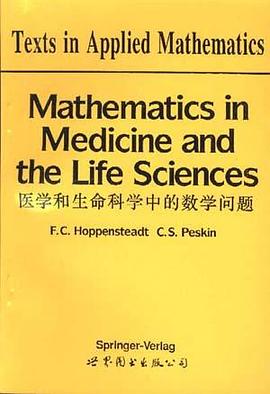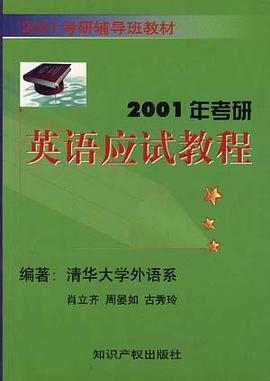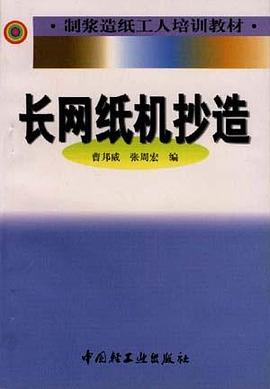

具體描述
Mathematical Biology is the study of medicine and the life sciences that uses mathematical models to help predict and interpret what we observe. This book describes several major contributions that have been made to population biology and to physiology by such theoretical work. We have tried to keep the presentation brief to keep the price of the book as reasonable as possible, and to ensure that the topics are presented at a level that is accessible to a wide audience. Each topic could serve as a launching point for more advanced study, and suitable references are suggested to help with this. If the underlying mathematics is understood for these basic examples. then mathematical aspects of more advanced life science preblems will be within reach.
本書為英文版。
著者簡介
圖書目錄
Series Preface
Preface
Introduction
1 The Mathematics of Populations: Demographics
1.1. Geometric Population Growth
1.1.1. Growth of Bacterial Cultures
1.1.2. Least-Squares Estimation of the Growth Rate
1.1.3. Growth of Human Populations
1.1.4. Infinitesimal Sampling Intervals and Doubling Times
1.2. Geometric Growth in a Population Stratified by Age
1.2.1. Fibonacci's Rabbit Population
1.2.2. Euler's Renewal Equations
1.2.3. Age Structure in Human Popnlations
1.3. The Limits of Growth
1.3.1. Verhulst's Model
1.3.2. Predator Satiation
1.3.3. Chaos
1.3.4. Infimtesimal Sampling Intervals in
a Limiting Environment
1.4. Age Structure of Populations near
the Limits of Growth
1.5. Harvesting
1.6. Summary
1.7. Annotated References
Exercises
2 Inheritance
2.1. Mendel's Laws
2.2. Bacterial Genetics: Plasmids
2.3. Genetics in Small Populations of Human.
2.4. The Hardy-Weinberg Equilibrium
2.5. Summary
2.6. Annotated References
Exercises
3 A Theory of Epidemics
3.1. Spread of Infection within a Family
3.2. The Threshold of an Epidemic
3.3. Calculation of the Severity of an Epidemic
3.4. Summary
3.5. Annotated References
Exercises
4 Biogeography
4.1. TheGameofLife.
4.2. Random Walks
4.3. The Diffusion Apprcndmation
4.4. The Growth of Bacteria on Plates
4.5. Another View of Random Walks
4.6. Summary
4.7. Annotated References
Exercises
5 The Heart and Circulation
5.1. Plan of the Circulation
5.2. Volume, Flow, and Pressure
5.3. Resistance and Compliance Vessels
5.4. The Heart as a Pair of Pumps
5.5. Mathematical Model of the
Uncontrolled Circulation
5.6. Balancing the Two Sides of the Heart and
the Two Circulations
5.7. Cardiac Output and Arterial Blood Pressure:
The Need for Extemal Circulatory Control Mechanisms
5.8. Neural Control: The Baroreceptor Loop
5.9. Autoregulation
5.10. Changes in the Circulation Occurring at Birth
5.11. Dynamics of the Arterial Pulse
5.12. Annotated References,
Exercises
6 Gas Exchange in the Lungs
6.1. The Ideal Gas Law and the Solubility of Gases
6.2. The Equations of Gas Transport in One Alveolus.
6.3. Gas Transport in the Lung
6.4. Optimal Gas TRansport
6.5. Mean Alveolar and Arterial Partial Pressures
6.6. Transport of O2
6.7. Annotated References
Exercises
7 Control of Cell Volume ana
the Electrical Properties of Cell Membranes
7.1. Osmotic Pressure and the Work of Concentration
7.2. A Simple Model of Cell Volume Control
7.3. The Movement of lons across Cell Membranes
7.4. Control of Cell Volume: The Interaction of
Electrical and Osmotic Effects
7.5. Transient Changes in Membrane Potential:
A Signaling Mechanism in Nerve and Muscle
7.6. Annotated References
Exercises
8 The Renal Countercurrent Mechanism
8.1. The Nephron
8.2. Differential Equations of Na+ and H2o Transport
along the Renal Tubules
8.3. The Loop of Henle
8.4. The Juxtaglomerular Apparatus and
the Renin-Angiotensin System
8.5. The Distal Tubule and Collecting Duct:
Concentrating and Diluting Modes
8.6. Remarks on the Significance of
the Juxtaglomerular Apparatus
8.7. Annotated References
Exercises
9 Muscle Mechanics
9.1. The Force-Velocity Curve
9.2. Cross-Bridge Dynamics
9.3. Annotated References
Exercises
10 Biological Clocks and Mechanisms
of Neural Control
10.1. A Theory of Clocks
10.1.1.The Clock on the Wall
10.1.2. Pbase Resetting: A Rubber Handed CIock
10.1.3. Modulated Clocks
10.2. Nerve Cell Membranes
10.2.1. Cell Membrane Potential
10.2.2. Guttman's Experiments
10.3. VCON: A Voltage Controlled Oscillator Neuron
10.3.1. Voltage Controlled Oscillators
10.3.2. Phase Comparators and a Model Synapse.
10.3.3. VCON: A Model Spike Generator
10.3.4. Phase Locking Properties of a VCON
10.4. Neural Control Networks
10.4.1. Network Nqtation
10.4.2. von Euler's Respiration Control Mechanism.
10.5. Summary
10.6. Annotated References
Exercises
Answers for Selected Exercises
Index
· · · · · · (收起)
讀後感
評分
評分
評分
評分
用戶評價
相關圖書
本站所有內容均為互聯網搜索引擎提供的公開搜索信息,本站不存儲任何數據與內容,任何內容與數據均與本站無關,如有需要請聯繫相關搜索引擎包括但不限於百度,google,bing,sogou 等
© 2025 book.quotespace.org All Rights Reserved. 小美書屋 版权所有




















